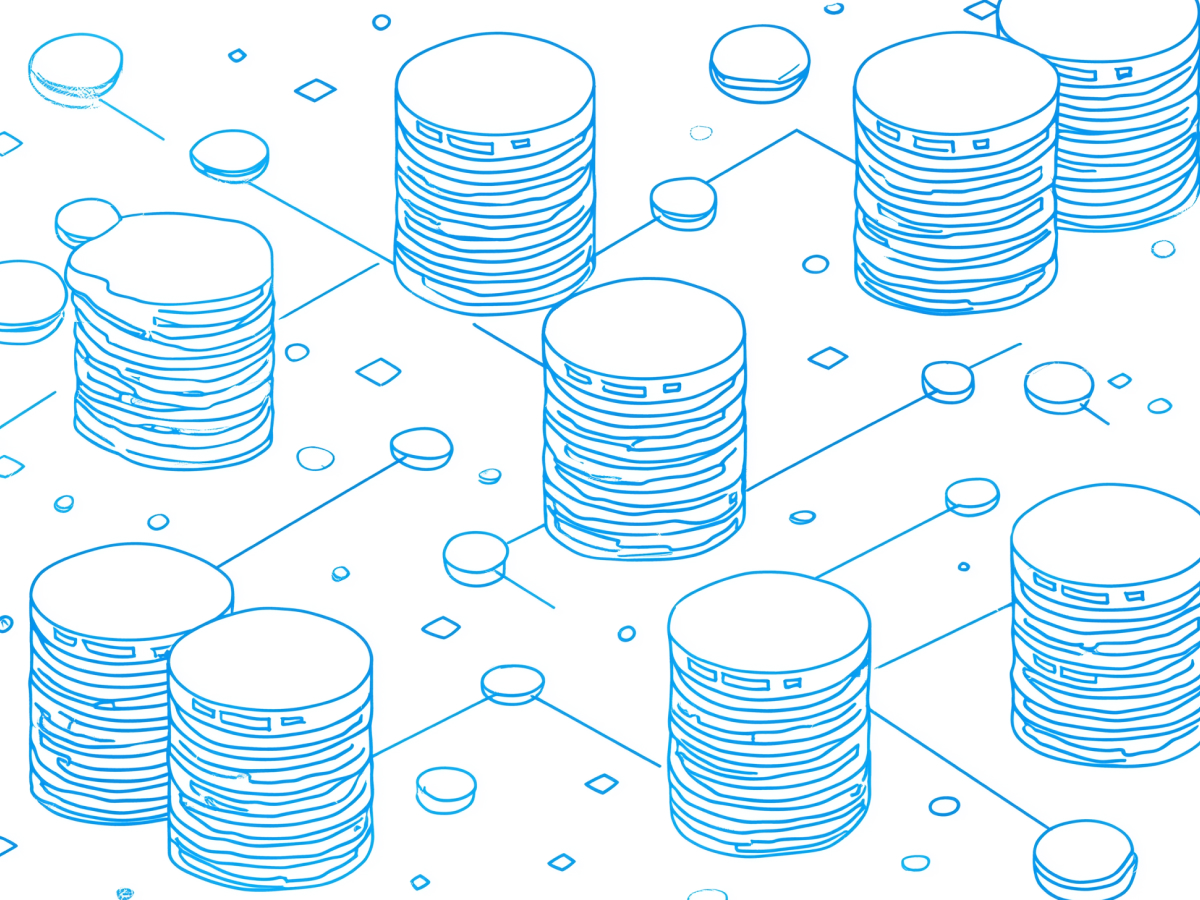Canada is renewing its commitment to AI leadership
Canada’s move to bring AI under a dedicated minister is smart. It removes the fragmentation that has slowed momentum. Appointing Evan Solomon, a former journalist, as the first Minister of Artificial Intelligence and Digital Innovation signals a clear shift in government strategy. Concentrating authority in one portfolio lets Canada move faster, with a direct mandate to drive national AI priorities forward. You don’t need ten committees debating something AI can already automate.
For executives, this is relevant. Consolidated leadership simplifies regulatory expectations, improves coordination across stakeholders, and accelerates funding streams for AI infrastructure. The Carney government has outlined specific actions: build out national-level data centers, create corporate tax incentives for AI adoption by small and medium-sized businesses, and fund programs at established AI institutes to commercialize research. These aren’t vague promises, they’re executable steps that shrink the lag between innovation and production.
Canada was the first country with a national AI strategy, and this new ministry is about regaining early-mover advantage. The government seems to understand that AI isn’t just a technical tool. It’s a foundation to reshape economic competitiveness.
If you’re running a company in Canada, or looking to expand there, you should be tracking this closely. The rules, resources, and partnerships are about to evolve. Strong government backing usually means better access to national funding, global partnerships, and a more skilled domestic workforce aligned with specific priorities like explainability, fairness, or domain-specific AI applications.
According to Bill Wong, research fellow at Info-Tech Research Group, “The importance of this role to the country’s economy and national security is growing.” He’s right. Having centralized AI governance isn’t normal yet, but it’s becoming necessary. Canada is adapting, and so should you.
Canada’s historic research leadership in AI
Canada has been home to some of the brightest minds in AI. People like Geoffrey Hinton, Yoshua Bengio, and Richard Sutton weren’t ahead of the curve, they defined it. The problem isn’t innovation. It’s scale. Innovation in labs is great, but if it doesn’t scale into high-impact systems used by business and consumers, it goes nowhere.
Leaders reading this are probably familiar with what happens when research outpaces production. You end up with incredible models that sit idle because deployment, regulation, or infrastructure lags. Canada has been in that cycle, strong at the top of the AI funnel, weaker at monetizing what’s coming out the bottom.
Now that’s changing. Recognizing the shortfall, the government is moving quickly to fund computing infrastructure, create effective tax incentives, and drive collaboration between academia and industry. These moves are designed to close the commercial gap. You can expect tighter partnerships between industry and institutes. That’s good news if you’re a business leader looking for commercial-grade AI that’s reliable, explainable, and local.
Critics are right to point out that Canada’s research-focused approach has needed rebalancing. But don’t underestimate its upside. Early leadership in R&D builds trust, credibility, and a deep bench of talent. With the right infrastructure and market alignment, that upstream work can still dominate global deployment cycles.
Solving this isn’t just about spending more. It’s about better alignment, academia working closer with market use cases, government creating low-friction policy environments, and private companies building in lockstep. If you’re a C-suite executive looking to move faster with reliable AI partners, Canada could soon offer exactly that.
Focused policy frameworks are key
There’s AI that makes work better, and there’s AI that just adds noise. The key for any government is to encourage the former and keep the latter in check. This isn’t about slowing down innovation. It’s about driving better outcomes. Canada is starting to do this by moving toward a framework aimed at productivity-driven applications.
The Macdonald-Laurier Institute summed it up well. Their view is that Canada must encourage AI that augments human capability, not just automates it for marginal returns. These are systems that improve decision-making, increase efficiency, and unlock scale without eroding job quality. That strategic line is crucial, for public trust, for workforce stability, and for long-term adoption in both the public and private sectors.
If you lead a company, this matters directly. You don’t want to invest in AI products that create more problems than they solve. You want intelligent systems, tools that extend your team’s ability to think, move, and deliver. And you want regulations that make that easier, not harder. When policy favors outcome-aligned AI, businesses can scale faster with fewer risks around compliance, ethics, or operational inefficiency.
This is especially important as generative AI and large-scale language models become increasingly accessible. Everyone wants access, but without a pragmatic framework, you risk implementation spiraling without measurable ROI. Productivity-enhancing AI is where the sustainable growth is. It’s where every boardroom conversation will eventually land, how do we do more, better, with the right safeguards in place?
Canada’s early step to separate good automation from aimless automation shows they’re thinking long-term. AI doesn’t just need funding; it needs direction. That’s exactly what policies like these provide.
AI has ascended to become a geopolitical force
AI isn’t just a business enabler anymore. It’s a core part of how nations secure power, shape influence, and manage risk. Canada recognizes this. Elevating AI to cabinet-level leadership isn’t about optics. It’s about control, control over data, infrastructure, innovation, and national resilience.
Look at global tensions, particularly between the U.S. and China. The U.S. has already imposed controls on the export of advanced AI chips to maintain a technological edge. That’s not just supply chain disruption. That’s strategy. And strategy around AI means every nation now has to make deliberate choices about how it builds, uses, and protects its digital capabilities.
Bill Wong at Info-Tech Research Group called this out clearly: AI is now integral to both the economy and national security. Canada’s move to create a Ministry of AI isn’t a symbolic gesture, it’s a functional response to a real shift in global power dynamics. For leaders in the private sector, this changes how you think about partnerships, sourcing, and IP protection.
If your data infrastructure is tied to cross-border compute, you now have to consider the regulatory implications. If your AI models rely on third-party cloud or chip providers, you need to evaluate how export controls or national restrictions could impact availability, latency, or even legality. And if you lead R&D in advanced models, you need to be aware of where your work places your company inside broader geopolitical conversations, like compliance exposure, security obligations, or collaboration limits.
None of this should cause panic. It should create awareness. Canada recognizing AI as a strategic domain, and acting accordingly through national leadership, is the right play. It ensures better control over domestic capability and a clearer position in multilateral cooperation. For global enterprises, this gives you a destination aligned with stability, open innovation, and trusted oversight. Those are not small things in today’s world.
Private-sector momentum in establishing national AI infrastructure
Bell Canada’s announcement of the AI Fabric project is a high-impact move. It’s not just another investment in technology, it’s a build-out of national AI muscle. The company plans to deliver one of Canada’s largest AI compute networks, with up to 500 megawatts of hydro-powered data center capacity across six facilities. That’s the scale needed to train advanced models, run inference workloads efficiently, and support national-level deployments across both industry and public institutions.
The first facility will be operational this month, with full rollout by the end of 2026. That speed of execution matters. It means businesses, and academic institutions like Thompson Rivers University (TRU)—will have production-ready access to high-performance AI compute locally, without relying on infrastructure outside the country. It also means Bell has positioned itself at the center of enterprise-grade AI infrastructure in Canada.
What stands out here is the integration of energy efficiency with technical performance. The facility in Kamloops, for example, will repurpose waste heat from the data center to power adjacent university buildings. That’s strategic thinking, lower operational costs, higher sustainability, and local benefit. These data centers will connect to the BCNET network, giving students, faculty, and startups direct access to scaled compute. This isn’t about experimenting in labs; it’s about giving people production power now.
C-suite leaders should take this seriously. If you’re building large-scale AI or running inference-intensive systems, compute cost and reliability are now critical competitive levers. What Bell is deploying reduces dependence on global hyperscalers and gives Canadian businesses a domestic option backed by clean energy, academic access, and high throughput.
There’s also a workforce angle. Embedding infrastructure into universities creates a direct pipeline of skilled practitioners trained on real systems, not toy examples. That strengthens Canada’s AI ecosystem in a way that’s hard to replicate without this kind of compute and academic integration.
Bell’s move signals private-sector confidence in Canada’s AI future. That’s what matters. The deployment speaks to execution readiness, not speculation. For executives, this offers more than just infrastructure, it offers a platform to build the next phase of AI solutions where performance, sustainability, and proximity all align.
Key takeaways for decision-makers
- Federal leadership drives AI resurgence: Canada’s appointment of an AI Minister signals a serious institutional shift. Leaders should track policy shifts and explore aligned incentives to access infrastructure and funding for AI development.
- Research dominance needs commercial alignment: Canada’s edge in foundational AI research has not translated into broad market impact. Executives should seek partnerships with academic institutes to bridge R&D into scalable, revenue-generating solutions.
- Productive AI must be policy-aligned: Canada is shifting focus toward AI that enhances workforce output rather than non-strategic automation. Leaders should prioritize adopting AI tools that streamline operations and improve job quality to align with evolving regulatory support.
- AI strategies now influence geopolitical standing: With AI framed as a national asset, governments are increasingly tying it to security and economic strategy. Executives should evaluate AI initiatives for cross-border exposure, data sovereignty, and compliance risk.
- Private infrastructure signals scale readiness: Bell’s AI Fabric rollout anchors large-scale compute capability in Canada tied to sustainability and academia. Leaders investing in AI-intensive workloads should assess integration opportunities with this national infrastructure to boost performance and lower latency.





